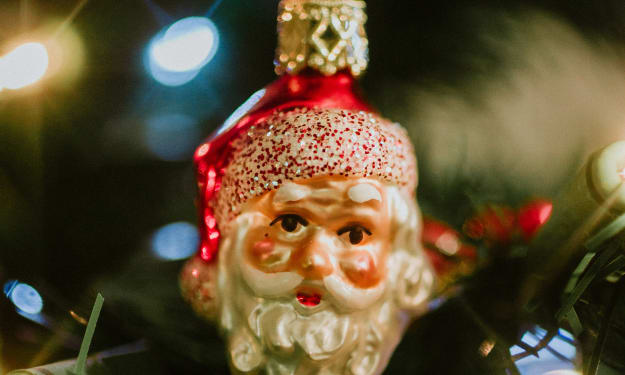
In the Land of the Rising Sun, the phrase "Will you be my Christmas?" holds more significance than the traditional "Will you be my Valentine?" Shogo, a Japanese man with six years of living experience in America, peels back the layers of Japanese Christmas, delving into its history and highlighting four distinct characteristics that many find peculiar. This journey aims to immerse us in the nuances of Japanese history and culture.
History of Christmas in Japan:
The origins of Christmas in Japan trace back to 1549 when Christianity found its way during the civil war era, with records pointing to the missionary Francis Xavier celebrating Christmas in 1552. However, during the Edo period in 1612, the Tokugawa Shogunate banned Christianity due to perceived threats to their rule. This ban endured for over 250 years until it was lifted in 1873. From the 20th century onward, Christmas in Japan transformed into a commercial event, with decorations becoming a staple in restaurants and cake shops, luring customers during the festive season.
Four Unique Characteristics of Japanese Christmas:
When You Celebrate:
The Japanese festive transition into Christmas mode occurs immediately after Halloween in November. Distinctively, Japan skips Thanksgiving, making Christmas the next major celebration. Unlike the United States, where decorations linger into December, in Japan, the festive ambiance dissipates right after December 25th. This swift shift is attributed to the impending New Year season, Japan's most significant time of the year, just a week after Christmas.
Who You Celebrate With:
In Japan, Christmas is not a family-centric occasion but rather a time spent with partners or friends. For young people, it's a unique opportunity to ask someone on a date, often marked by the phrase "Will you be my Christmas?" This approach contrasts starkly with Western cultures, where Christmas is a family-focused celebration. In Japan, it's an occasion for friends and romantic partners, with kids enjoying small parties at friends' houses.
What You Eat:
A quintessential Japanese Christmas dinner is an intriguing blend of KFC chicken and Christmas cake. The association of KFC with Christmas in Japan began in 1970, with varied theories about its origins. Another staple is the Christmas cake, adorned with sugar Santas and trees. Josiah, a renowned sweet shop, was among the first to market Christmas cakes successfully. While KFC continues its Christmas campaigns, supermarkets now offer alternatives, providing more choices for the festive dinner table.
How Many Presents You Get:
Surprisingly, it's commonplace for children in Japan to receive only one gift from Santa during Christmas. This minimalistic approach to gift-giving stands in contrast to the multitude of presents often associated with Christmas in many other cultures. Shogo speculates that this tradition aligns with the Japanese custom of giving monetary gifts (known as Otoshidama) in special envelopes during the New Year season, just a week after Christmas.
In Conclusion:
In conclusion, the history of Christmas in Japan unfolds from its introduction by missionaries to its present-day commercialized celebration. Japanese Christmas is characterized by unique features, including the timing of celebrations, the emphasis on partners or friends over family, the specific culinary choices, and the modest approach to gift-giving for children. By unwrapping the quirks of Japanese Christmas, we gain insight into a cultural fusion where tradition meets modernity. The nation's festive landscape is a tapestry woven with historical threads, reflecting a nuanced approach to one of the most celebrated occasions worldwide. As we navigate the festive season, whether in the glow of Christmas lights or beneath the quiet embrace of the Japanese New Year, understanding the cultural context enriches our appreciation for the diversity of global celebrations.
About the Creator
Līva
World is interesting place. Scary, but worth living.
Nature is full of surprises and people are... well, people are something else.
Art is the best doctor.





Comments
There are no comments for this story
Be the first to respond and start the conversation.